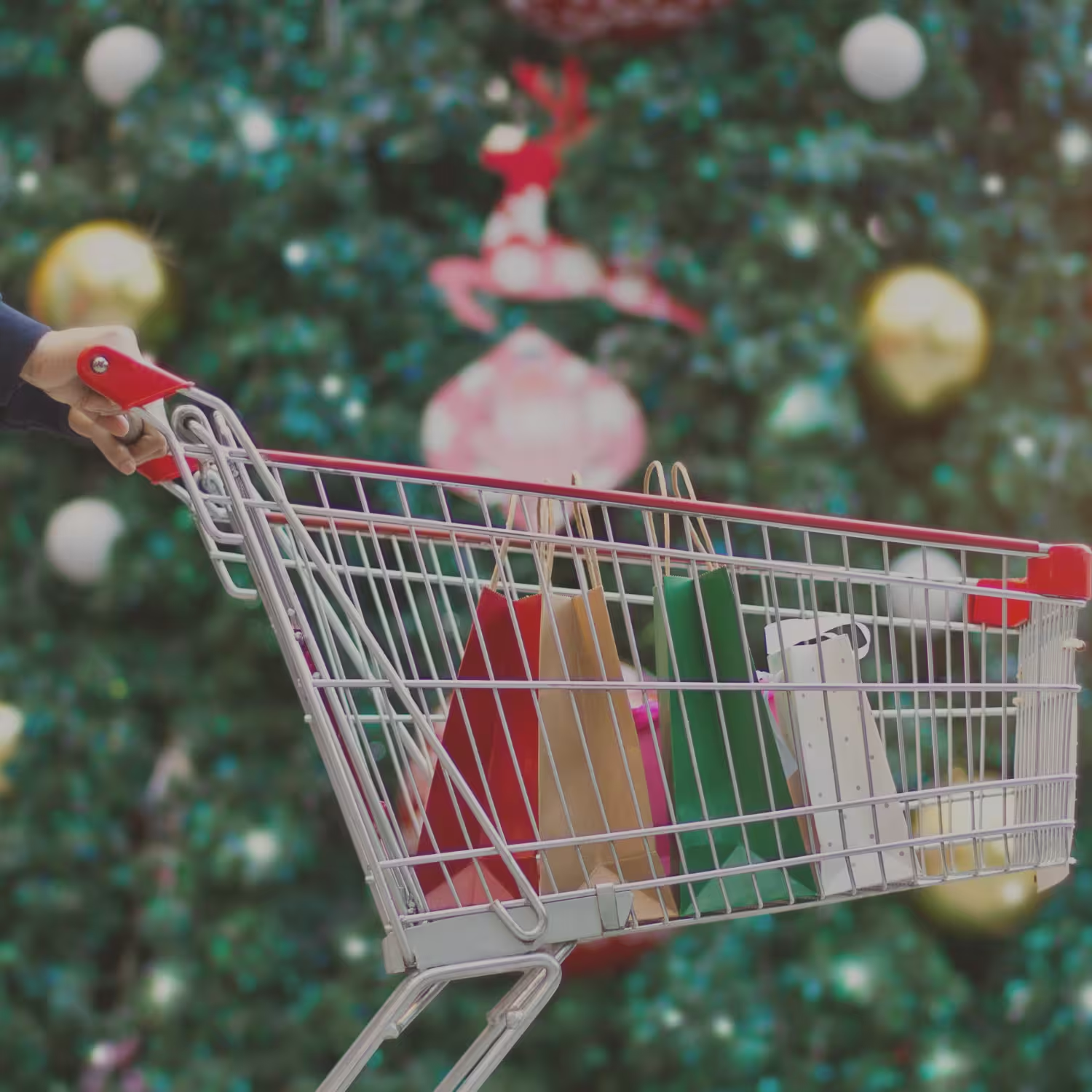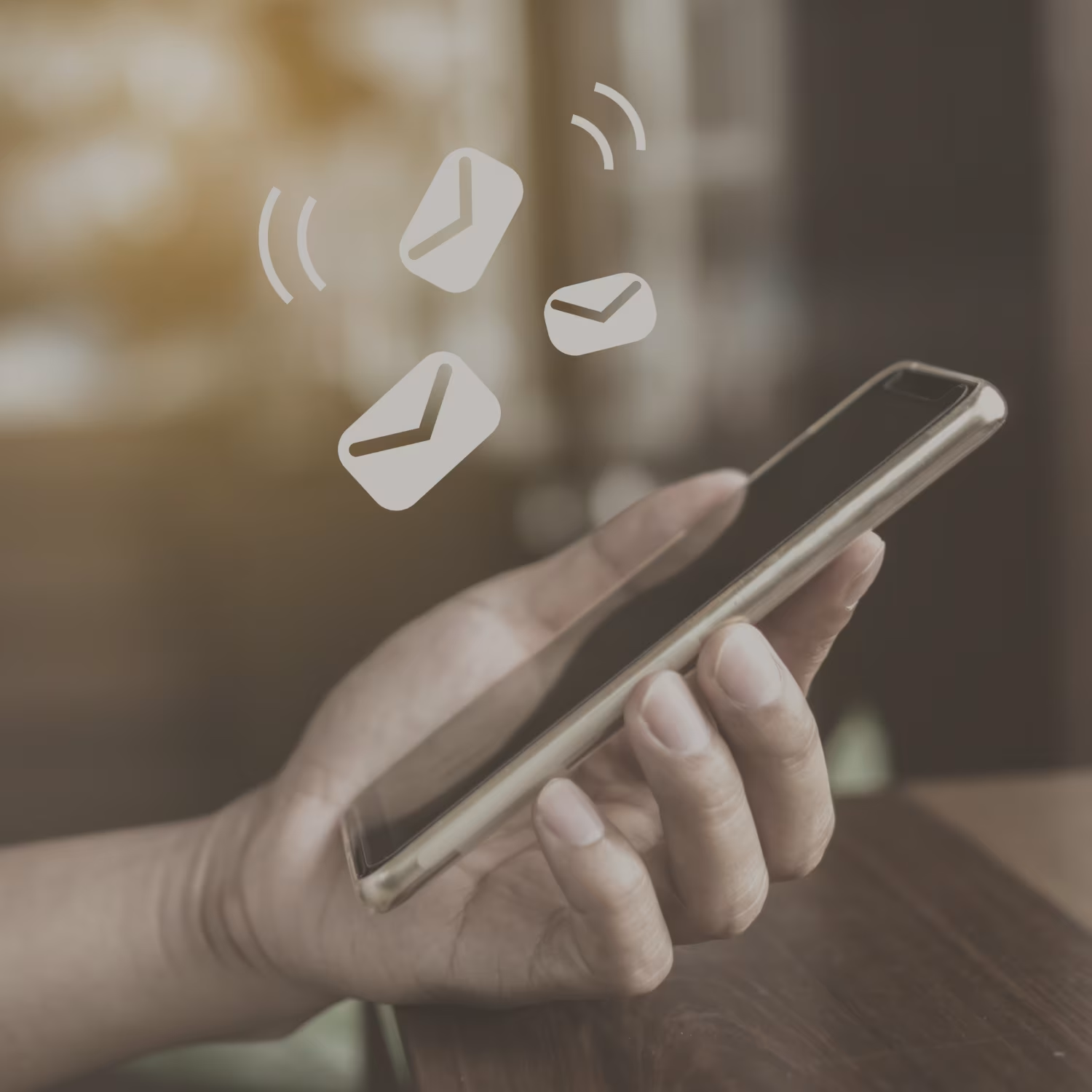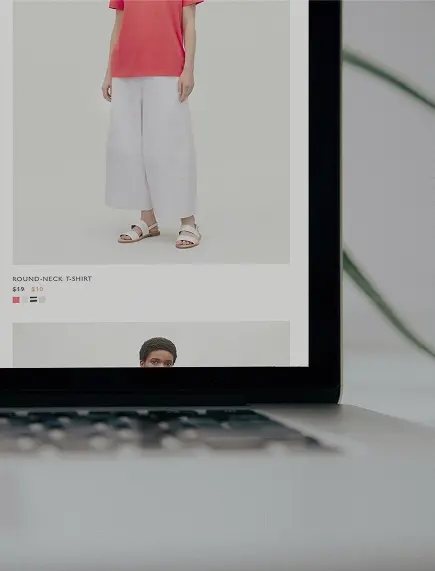5 Essential Best Practices for a Winning Holiday Marketing Campaign


The holiday season is the most wonderful (and often most competitive) time of the year for marketers. As digital traffic surges and inboxes overflow, how can your brand not only cut through the noise but also convert seasonal shoppers into loyal, year-round customers?
At indigitall, we know that success in this hyper-digital period hinges on strategic planning and a customer-centric, multi-channel approach.
Here are five essential best practices to ensure your holiday marketing campaigns deliver maximum impact and ROI.
1. Start with Data, Not Assumptions: The Power of Past Performance
Before you craft a single festive subject line or design a holiday banner, you must look back. Your past holiday data is the most valuable asset you have.
Your Action Plan:
- Analyze Product Performance: What were your top 5 best-selling products by both revenue and volume last year? Feature these front and center in your early campaigns.
- Evaluate Channel Effectiveness: Which channels (Email, SMS, App Push, Paid Social, Organic Search) drove the highest revenue? Allocate your budget and effort accordingly this year.
- Identify Timing Peaks: Precisely when did your traffic and conversions peak? Was it Black Friday morning, Cyber Monday afternoon, or a few days before? Use this to perfectly time your most crucial messages and flash sales.
- Pinpoint Your VIPs: Identify customers who made multiple purchases during the last holiday window. This high-value segment is your golden ticket for personalized early-access deals.
2. Hyper-Personalization is Your Secret Weapon
Generic messages are wallpaper during the holidays. Your audience is searching for gifts and deals, and personalization makes your brand feel helpful, not just promotional.
Leveraging your customer data is crucial to deliver tailored experiences across all channels:
- Segment Your Audience: Don’t send the same message to everyone. Segment by past purchases, browsing behavior, and loyalty status.
- Example: Send an email to “Last Year’s Gift Givers” with personalized gift guides based on their previous category purchases.
- Targeted Product Recommendations: Use behavioral data to recommend products complementary to items a customer has recently viewed or purchased. This is perfect for increasing Average Order Value (AOV).
- Dynamic Content for Mobile: Utilize features like dynamic product banners in your push notifications or app messaging to showcase real-time price drops or back-in-stock alerts for items on a user’s wishlist.
3. Embrace the Mobile-First Shopping Frenzy
The modern holiday shopper lives on their phone. From gift inspiration on social media to last-minute purchases in line, mobile is the primary conversion channel. Your campaigns must be optimized for speed, clarity, and mobile-native engagement.
- Optimize for Speed: Ensure your website’s landing pages are lightning-fast on mobile. A slow load time is a guaranteed lost sale.
- Leverage App & SMS: Use channels native to the phone:
- Push Notifications: Send timely, urgent, and personalized flash sale alerts directly to a user’s home screen.
- SMS Marketing: Use SMS for high-priority, time-sensitive updates like “Your 2-Hour Flash Sale Starts Now” or “Shipping Deadline Reminder.” SMS offers a near-100% open rate.
- Simplify the Checkout: Reduce the number of steps required to complete a purchase on mobile. Offer one-click payment options.
4. Create Urgency & Scarcity with Clear Deadlines
The holiday season is defined by deadlines: shipping cut-offs, limited-time sales, and flash deal windows. Use these to your advantage to motivate immediate action.
- Limited-Time Offers (LTOs): Clearly communicate the end date and time for all promotions. A countdown timer on your website and in emails/app messages can dramatically boost conversions.
- Shipping Deadlines: Clearly and repeatedly communicate the final date for delivery by the holiday. Use push notifications and website banners to prevent cart abandonment due to delivery uncertainty.
- Low Stock Alerts: Use data-driven messaging to create scarcity. Send a push notification to users who have viewed a popular item that is running low: “Hurry! Only 5 left of the [Product Name] you wanted!”
5. The Sale is Just the Beginning: Focus on Post-Purchase Loyalty
Acquiring a customer during the holiday rush is expensive. The true ROI comes from converting that one-time holiday buyer into a loyal, year-round advocate.
- Nail the Post-Purchase Journey: The first few messages after a sale are crucial. Don’t immediately bombard them with more sales.
- Send a personalized, branded “Thank You” with clear tracking information.
- Follow up a week later with a “How to Use/Care for Your Purchase” email or app message that adds value beyond the transaction.
- Enroll in a Welcome Series: Move new buyers into a dedicated welcome flow that introduces your brand story, mission, and loyalty program—not just your next discount.
- Future-Proof Your Data: Use the holiday data to segment new customers based on their behavior (e.g., “Gift Shopper,” “Deep Discounter,” “Full-Price Buyer”). This ensures your non-holiday campaigns are personalized for their specific value and interests in the new year.
By focusing on these five best practices—starting with deep data analysis, delivering hyper-personalization, prioritizing the mobile experience, strategically creating urgency, and nurturing post-purchase loyalty—you will build a holiday campaign that not only hits your seasonal targets but also secures long-term customer relationships.
Happy Marketing!











